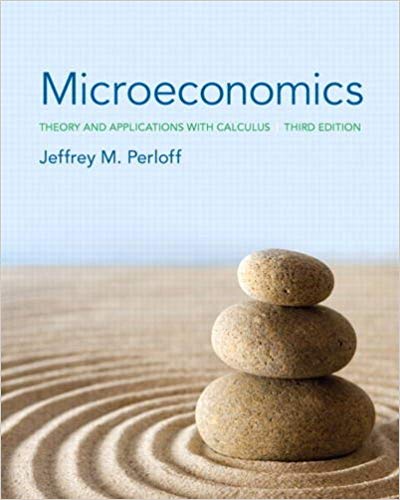There are 240 automobile drivers per minute who are considering using the E-ZPass lanes of the Interstate
Question:
a. If the price of crossing equals a driver's marginal private cost-the price in a competitive market-how many cars per minute will cross? Which groups will cross?
b. In the social optimum, which groups of drivers will cross? That is, which collection of groups crossing will maximize the sum of the drivers' utilities?
Fantastic news! We've Found the answer you've been seeking!
Step by Step Answer:
Related Book For 

Microeconomics Theory and Applications with Calculus
ISBN: 978-0133019933
3rd edition
Authors: Jeffrey M. Perloff
Question Posted:





